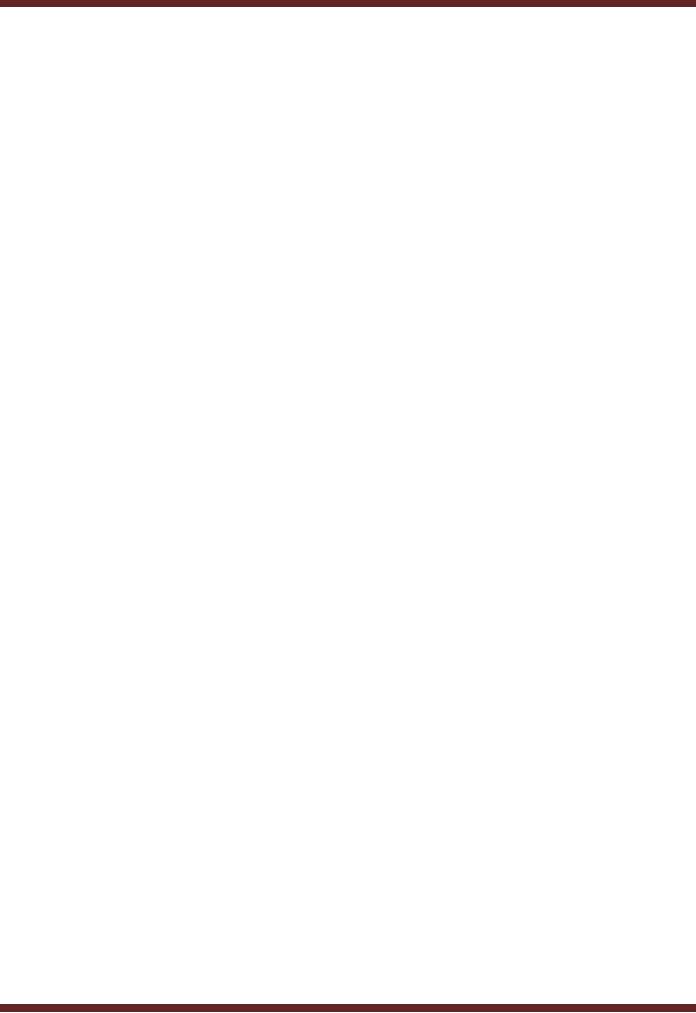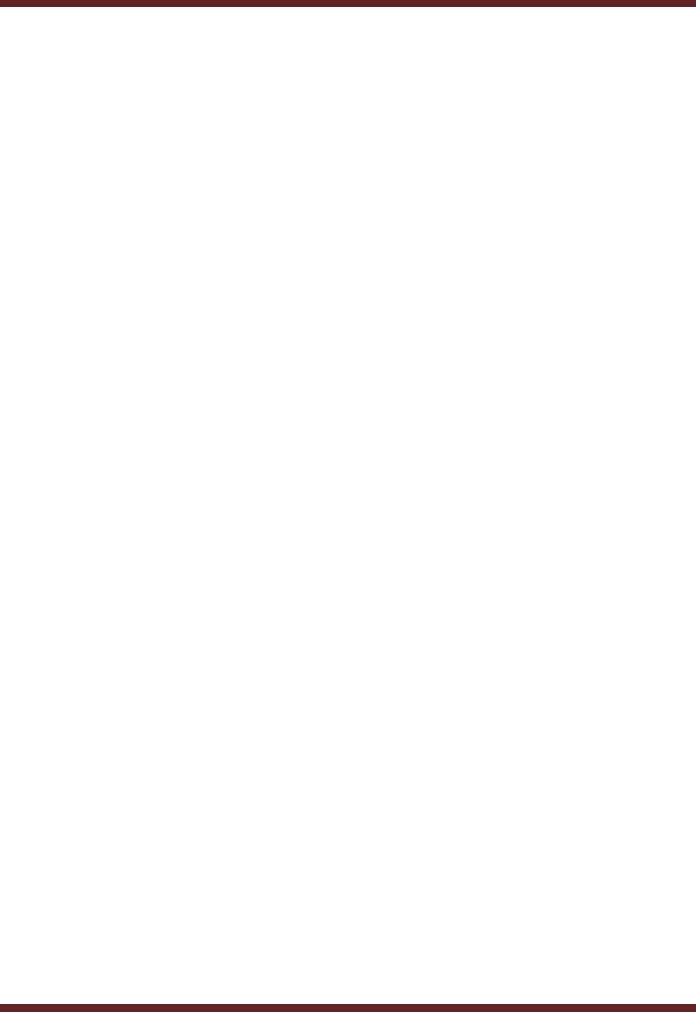 |
Data vs. Information, Information Quality Checklist |
| << Need for information, Sources of Information: Primary, Secondary, Tertiary Sources |
| Size of the Organization and Information Requirements >> |

VU
Information
System (CS507)
LESSON
2
Areas
Covered
�
Introduction
to Organization and
�
Role
of Information in Organization, Management &
Strategy
What
is Organization?
Basically,
an organization is group of people organized to
accomplish an overall goal. Organizations
can
range
in size from two people to
hundreds of thousands -- some people
might argue that
organizations are
even
larger. Organizations have an
overall goal (or mission)
which is usually subdivided into
various other
goals
(often called strategic
goals) that, in total, will
achieve the overall goal of the
organization.
A
structure through which
individuals cooperate systematically to
conduct business. It is a collection
of
people
working under predefined rules and
regulations to obtain a set of
objectives. It is a stable
formal
social
structure. It takes resources
from the environment and
processes them to produce outputs.
"Organization"
is understood as planned, coordinated and purposeful
action of human beings in order
to
construct
or compile a common tangible or intangible product or
service. This action is usually
framed
by
formal membership and form
(institutional rules). Organization is a
permanent arrangement of
elements.
These elements and their
actions are determined by rules so
that a certain task can be
fulfilled
through
a system of coordinated division of
labour.
An organization is
defined by the elements that
are part of it (who belongs
to the organization and who
does
not?), its communication (which elements
communicate and how do they
communicate?), and
its
rules
of action compared to outside events
(what causes an organization to act as a collective
actor?).
By coordinated
and planned cooperation of the elements, the
organization is able to solve tasks
that lie
beyond the
abilities of the single elements. The
price paid by the elements is the
limitation of the degrees
of freedom of the
elements.
2.1
Need for
Organization
As the
volume of business expands, the
need for disciplined approach to
managing operations is required.
This
results in formulation of organizational
structures. The organizational structures
are formulated in
order
to efficiently manage the business
operations. This makes the
structures a relative term to explain
and
define.
Organizations have the freedom to chose / evolve the
structures which best fits
the management
needs.
An organization's
primary aim is to achieve the objective
that it lays down for
itself and in pursuance
of
which
various actions are undertaken.
Such objective could be to generate
profits or specific
socio-
economic
cultural objectives. What ever the
objectives are, these
activities interrelate and their
occurrence
generate
a series of events which
helps organization achieve its
goal. The regular and
timely recording of
information
is critical to the proper management of
business operations.
2.2
Data vs.
Information
Data
represents facts of any
kind. In the process of recording
important particulars of any
event, it is the
discretion of the
management, what should be recorded and
how it should be presented. However
when
this
data is processed or reformatted, it
becomes information. Information is a
subset of data which
adds
to the
knowledge.
5

VU
Information
System (CS507)
Information
should be relevant so that it is valuable
for the recipient. Although the processed
form of
information
is more valuable than the raw
form of data, still all
information is not of value
for every one.
Distributing
common information to every one
may result in waste of time
and confusion. Irrelevant
information
has no value.
2.3
Information Quality Checklist
The
information can also be
ranked in accordance with the
qualities it has in it. The
experts have devised
certain
criteria to evaluate the quality of
information. These are
stated below:
1. Is it
clear who has written the
information?
2. Who
is the author? Is it an organization or an individual
person? Is there a way to
contact
them?
3. Are
the aims of the information
clear?
4.
What are the aims
of the information? What
is it for? Who is it
for?
Does
the information achieve its
aims?
5.
Does
the
information
do
what
it
says
it
will?
Is the
information relevant to me?
List
five things to find out from
the information.
.......................................................................................
o
.......................................................................................
o
.......................................................................................
o
.......................................................................................
o
.......................................................................................
o
1. Can
the information be checked?
Is the
author qualified to write the
information? Has anyone else
said the same things
anywhere
else? Is there any way of
checking this out? If the information is
new,
is
there any proof?
2. When
was the information
produced?
Is it up to
date? Can you check to see
if the information is up to date?
3. Is the
information biased in any
way?
Has
the information got a particular reason
for wanting you to think in a particular
way?
Is it a
balanced view or does it
only give one
opinion?
4. Does
the information tell you about
choices open to you?
Does
the information give you advice?
Does it tell you about other
ideas?
2.4
Organization & Information
Requirements
Organizations
have various attributes which distinguish
them from each other. No two
organizations are
similar
in all respects. There have to
have certain distinctive
lines keeping them unique from each
other.
Information
requirements keep varying in accordance
with
� Size
of organization
� Its
structure
� The
Culture it follows
� Decision
Making Structures
� Interested
parties both internal and
external
An organization
should consider the above mentioned
requirements while devising a
system which
tailors
for specific information
needs.
6
Table of Contents:
- Need for information, Sources of Information: Primary, Secondary, Tertiary Sources
- Data vs. Information, Information Quality Checklist
- Size of the Organization and Information Requirements
- Hierarchical organization, Organizational Structure, Culture of the Organization
- Elements of Environment: Legal, Economic, Social, Technological, Corporate social responsibility, Ethics
- Manual Vs Computerised Information Systems, Emerging Digital Firms
- Open-Loop System, Closed Loop System, Open Systems, Closed Systems, Level of Planning
- Components of a system, Types of Systems, Attributes of an IS/CBIS
- Infrastructure: Transaction Processing System, Management Information System
- Support Systems: Office Automation Systems, Decision Support Systems, Types of DSS
- Data Mart: Online Analytical Processing (OLAP), Types of Models Used in DSS
- Organizational Information Systems, Marketing Information Systems, Key CRM Tasks
- Manufacturing Information System, Inventory Sub System, Production Sub System, Quality Sub system
- Accounting & Financial Information Systems, Human Resource Information Systems
- Decision Making: Types of Problems, Type of Decisions
- Phases of decision-making: Intelligence Phase, Design Phase, Choice Phase, Implementation Phase
- Planning for System Development: Models Used for and Types of System Development Life-Cycle
- Project lifecycle vs. SDLC, Costs of Proposed System, Classic lifecycle Model
- Entity Relationship Diagram (ERD), Design of the information flow, data base, User Interface
- Incremental Model: Evaluation, Incremental vs. Iterative
- Spiral Model: Determine Objectives, Alternatives and Constraints, Prototyping
- System Analysis: Systems Analyst, System Design, Designing user interface
- System Analysis & Design Methods, Structured Analysis and Design, Flow Chart
- Symbols used for flow charts: Good Practices, Data Flow Diagram
- Rules for DFD’s: Entity Relationship Diagram
- Symbols: Object-Orientation, Object Oriented Analysis
- Object Oriented Analysis and Design: Object, Classes, Inheritance, Encapsulation, Polymorphism
- Critical Success Factors (CSF): CSF vs. Key Performance Indicator, Centralized vs. Distributed Processing
- Security of Information System: Security Issues, Objective, Scope, Policy, Program
- Threat Identification: Types of Threats, Control Analysis, Impact analysis, Occurrence of threat
- Control Adjustment: cost effective Security, Roles & Responsibility, Report Preparation
- Physical vs. Logical access, Viruses, Sources of Transmissions, Technical controls
- Antivirus software: Scanners, Active monitors, Behavior blockers, Logical intrusion, Best Password practices, Firewall
- Types of Controls: Access Controls, Cryptography, Biometrics
- Audit trails and logs: Audit trails and types of errors, IS audit, Parameters of IS audit
- Risk Management: Phases, focal Point, System Characterization, Vulnerability Assessment
- Control Analysis: Likelihood Determination, Impact Analysis, Risk Determination, Results Documentation
- Risk Management: Business Continuity Planning, Components, Phases of BCP, Business Impact Analysis (BIA)
- Web Security: Passive attacks, Active Attacks, Methods to avoid internet attacks
- Internet Security Controls, Firewall Security SystemsIntrusion Detection Systems, Components of IDS, Digital Certificates
- Commerce vs. E-Business, Business to Consumer (B2C), Electronic Data Interchange (EDI), E-Government
- Supply Chain Management: Integrating systems, Methods, Using SCM Software
- Using ERP Software, Evolution of ERP, Business Objectives and IT
- ERP & E-commerce, ERP & CRM, ERP– Ownership and sponsor ship
- Ethics in IS: Threats to Privacy, Electronic Surveillance, Data Profiling, TRIPS, Workplace Monitoring